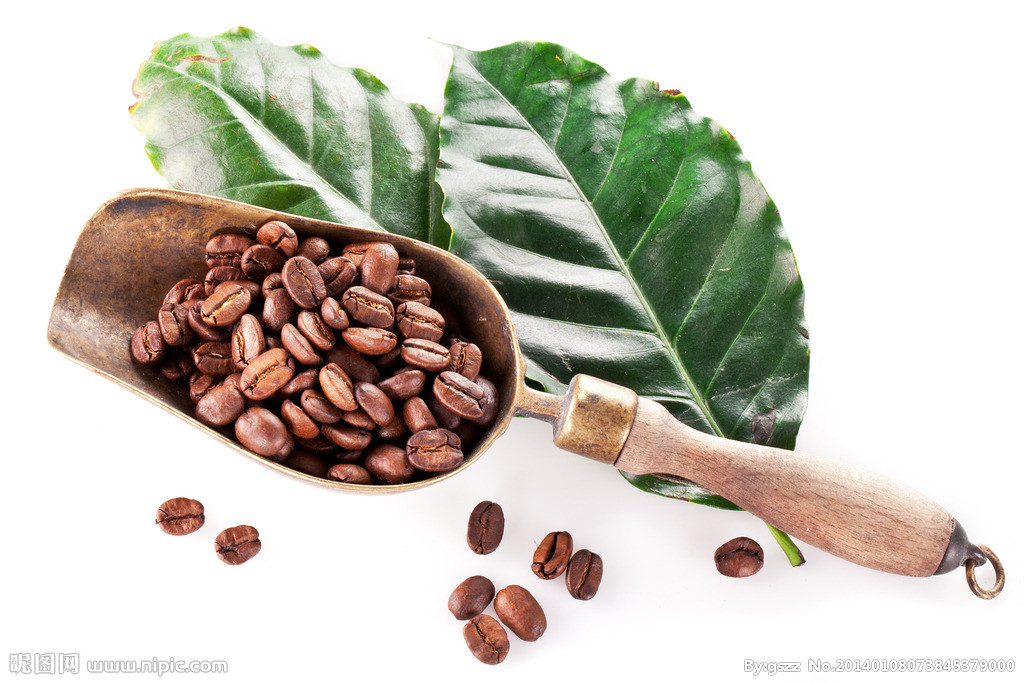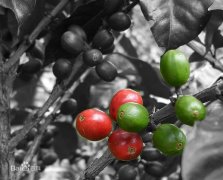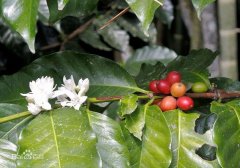Why does coffee smell so good? Why is the aroma so strong when grinding coffee?

Caramelization reaction
Once I ordered a cup of Guatemala-Huehuetenango near the Kaohsiung Cultural Center and spent a beautiful afternoon with "my Adventure" (My Life As An Explorer by Sven Hedin). After drinking coffee, I accidentally found that the dry coffee stains at the bottom of the cup were arranged into interesting patterns. I picked it up to see if I could see the jackpot number of the next big lottery. I didn't see the first 15 for a while. I think the patterns are more like an explorer marching among the rolling brown sand dunes in the desert. All of a sudden, the sweet smell of caramel flashed for a moment, and then smell it carefully, the sweet smell of caramel came from the bottom of the cup. Isn't the tiny Nanguo I ordered black coffee? Why is there the sweet smell of caramel? Later, I found that the black coffee itself is really sweet, especially the sweetness of caramel! But the sweetness of each kind of coffee varies depending on the variety of beans and the way it is roasted.
The sugar in the coffee bean is caramelized at about 170-200 ℃, which is exactly the melting point of sucrose (185 ℃) and the temperature of the explosion stage when the coffee bean is roasted. The product of caramelization is divided into two parts:
The dehydration product of sugar is caramel or sauce.
The pyrolysis products are mainly volatile aldehydes and ketones.
Generally speaking, fire-roasted aroma, caramel and color are produced in the caramelization reaction, as well as other aromatic substances such as maltol, Cyclotene, furan and so on. These compounds can also be found in red wine, fruit juices, cream and other foods.
However, if caramel is too much in the baking process is not a good thing, but will cause carbonization, making the coffee dry and choking. If the caramel is not enough, it will make the aroma monotonous and lack of layers.
Mena reaction
Recently, more and more coffee shops set up a baking machine in front of the store to bake by themselves, so that they can not only save costs but also control their own quality. So walking on the street, you can often smell the unique aroma of roasted coffee beans, including the burning blue smoke smell of plant fibers, the sweet smell of cream, the brown smell of toast, and so on. Most of these rich flavors come from the Mena reaction during baking.
The Mena reaction can be divided into three stages:
First, at the initial stage:
Carbonylamine condensation Amadori molecular rearrangement
Second, in the medium term:
Amadori molecular rearrangement product fructosamine is dehydrated to HMF (hydroxymethylfurfural)
Deamination of fructosamine to reducing ketone
Interaction of amino acids with dicarbonyl compounds
Third, at the end of the year:
Aldol condensation
Polymerization of melanin
In addition to sugars, proteins account for about 11% of the weight of raw beans, and the amino acids contained in these proteins happen to be the raw materials needed for the Mena reaction. Mena reaction refers to amino acids and reducing sugars (glucose, fructose, lactose, etc.) in food.) A series of reactions during heating. Mena reaction produces a variety of aromatic substances and pigments such as Pyridines, Pyrazines, Oxazoles, Thiazoles, Pyrroles. The Mena reaction plays an important role in the flavor of food cooking, whether it is the blackening and fragrance of the sausage when baking sausages, the soft roast chicken on the outside and the delicious baked bread. Mena reaction is responsible for the complete color, smell and flavor of these barbecue foods.
Coffee is blessed with a wide variety of complex chemicals, in addition to the above-mentioned compounds, there are other organic acids, inorganic acids, plant bases and so on. Not only sweet and beautiful ingredients, some slightly bitter compounds make coffee flavor have a wider level and change, together to create a unique rich taste of coffee.
Important Notice :
前街咖啡 FrontStreet Coffee has moved to new addredd:
FrontStreet Coffee Address: 315,Donghua East Road,GuangZhou
Tel:020 38364473
- Prev

Where does the really mellow aroma of coffee come from? The smell of coffee.
In a coffee obsession like mine, there is no smell comparable to the smell in the coffee field during the flowering period. The first flowering period of the coffee tree is about three years. The white flowers are five-petal tube-shaped flowers, with a faint fragrance of jasmine, and the inflorescences are arranged in dense clusters. It will wither after two or three days of flowering and begin to bear fruit after a few months. In Yunnan, this is the right time.
- Next

Briefly describe the processing process of coffee beans what are the processing methods of coffee processing?
There are three main methods of processing coffee: drying method, semi-dry treatment method and non-dry treatment method. The last method of treatment is adopted in Yunnan. The purpose of the treatment is to peel the coffee beans, reduce the water content of the coffee beans to a level suitable for preservation, and then deal with the coffee beans according to the market demand. Coffee fruit consists of exocarp, slimy pulp (mesocarp), and coffee beans.
Related
- Beginners will see the "Coffee pull flower" guide!
- What is the difference between ice blog purified milk and ordinary milk coffee?
- Why is the Philippines the largest producer of crops in Liberia?
- For coffee extraction, should the fine powder be retained?
- How does extracted espresso fill pressed powder? How much strength does it take to press the powder?
- How to make jasmine cold extract coffee? Is the jasmine + latte good?
- Will this little toy really make the coffee taste better? How does Lily Drip affect coffee extraction?
- Will the action of slapping the filter cup also affect coffee extraction?
- What's the difference between powder-to-water ratio and powder-to-liquid ratio?
- What is the Ethiopian local species? What does it have to do with Heirloom native species?

